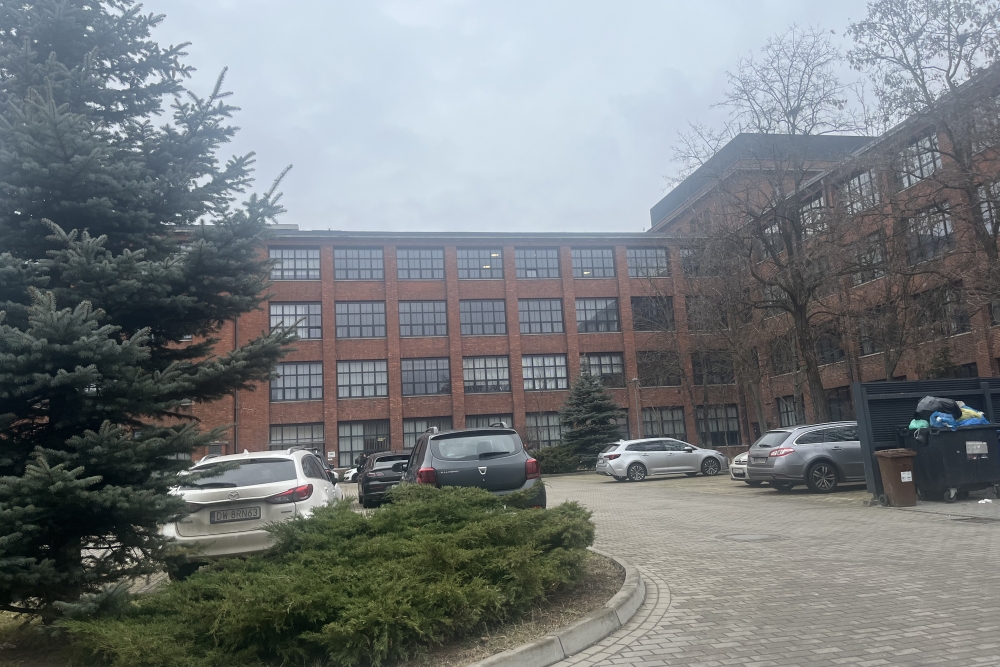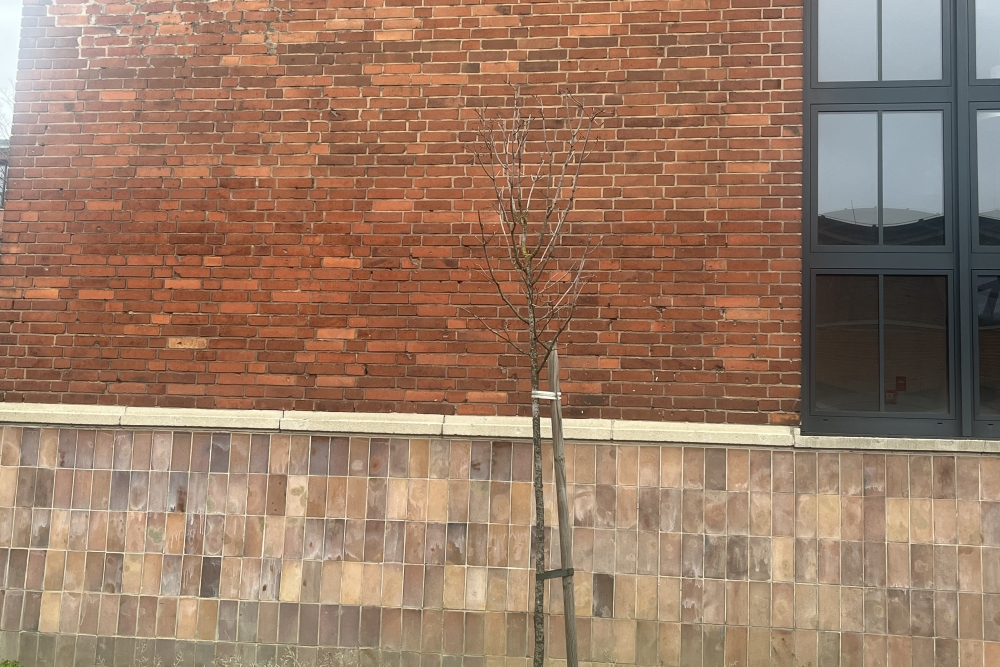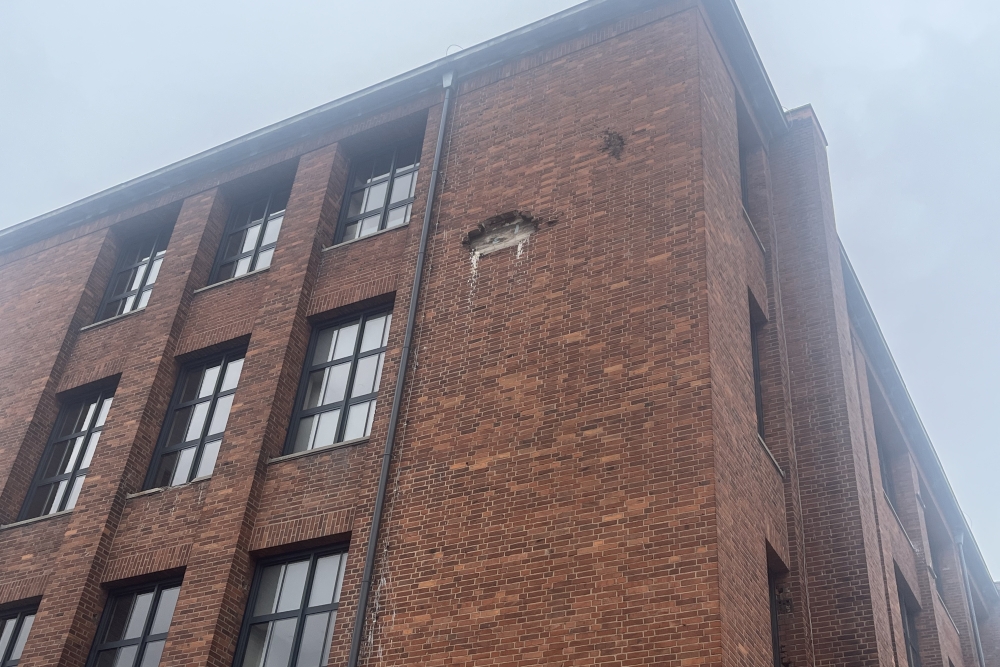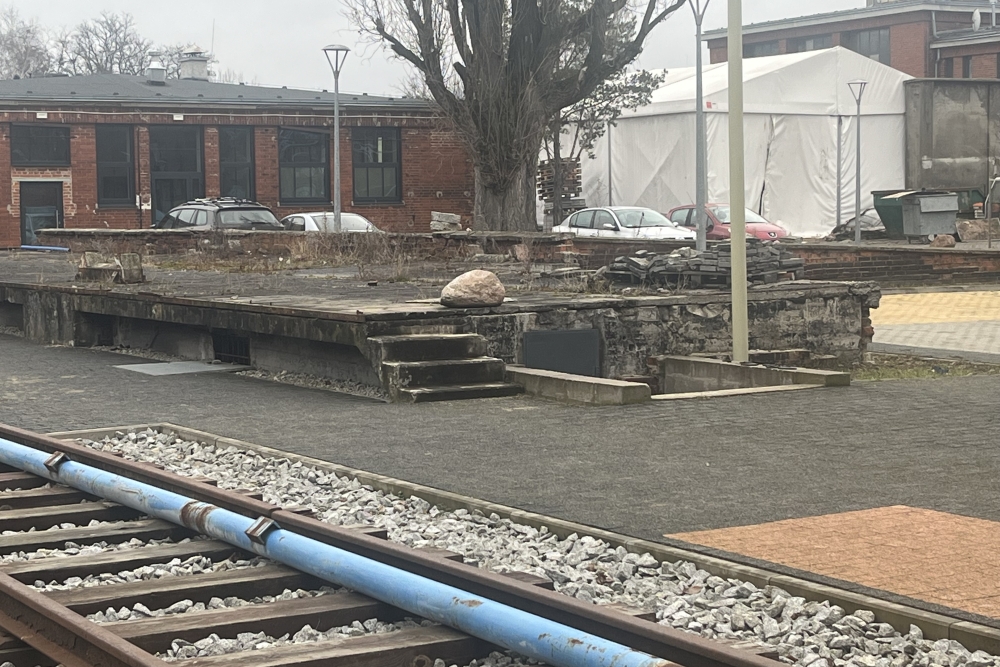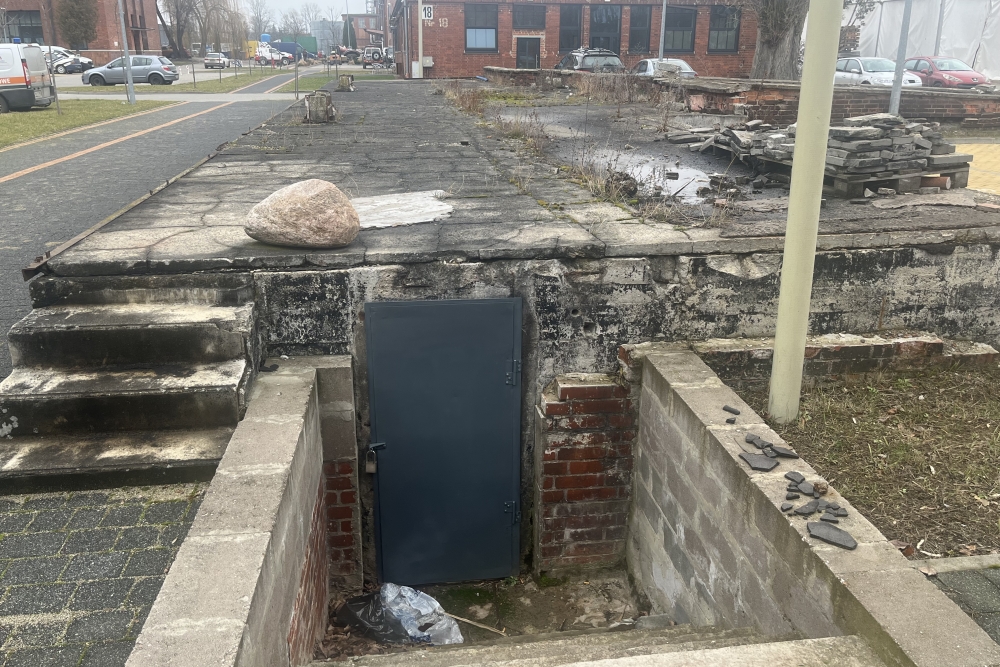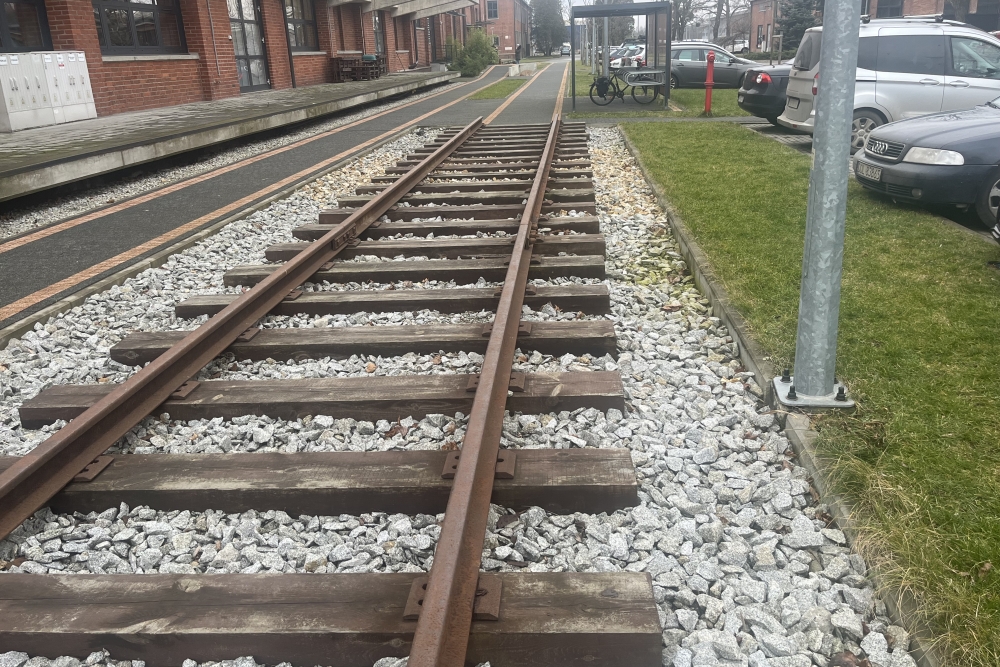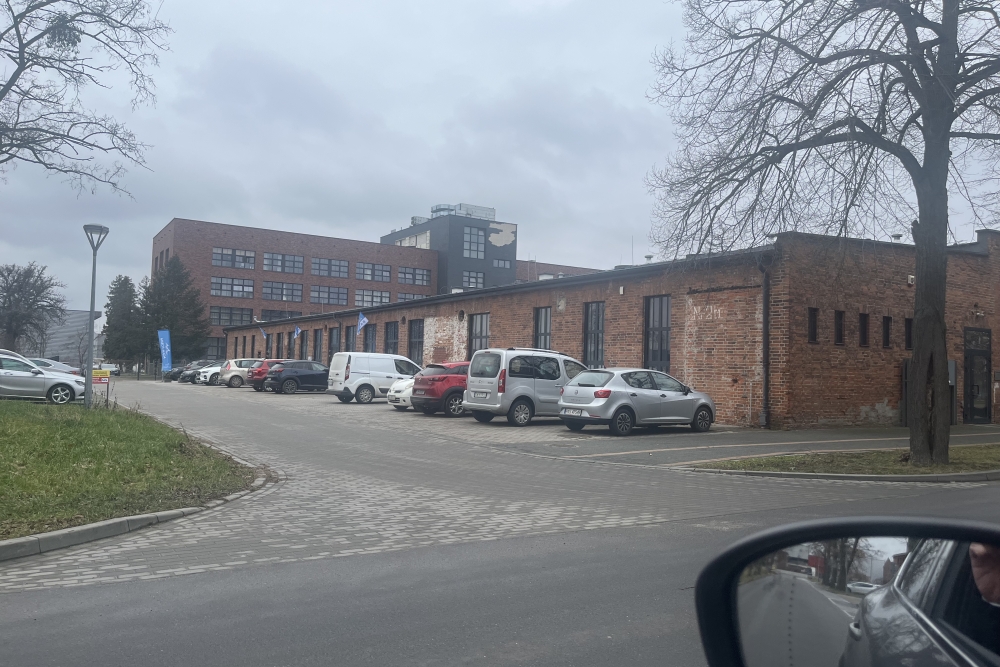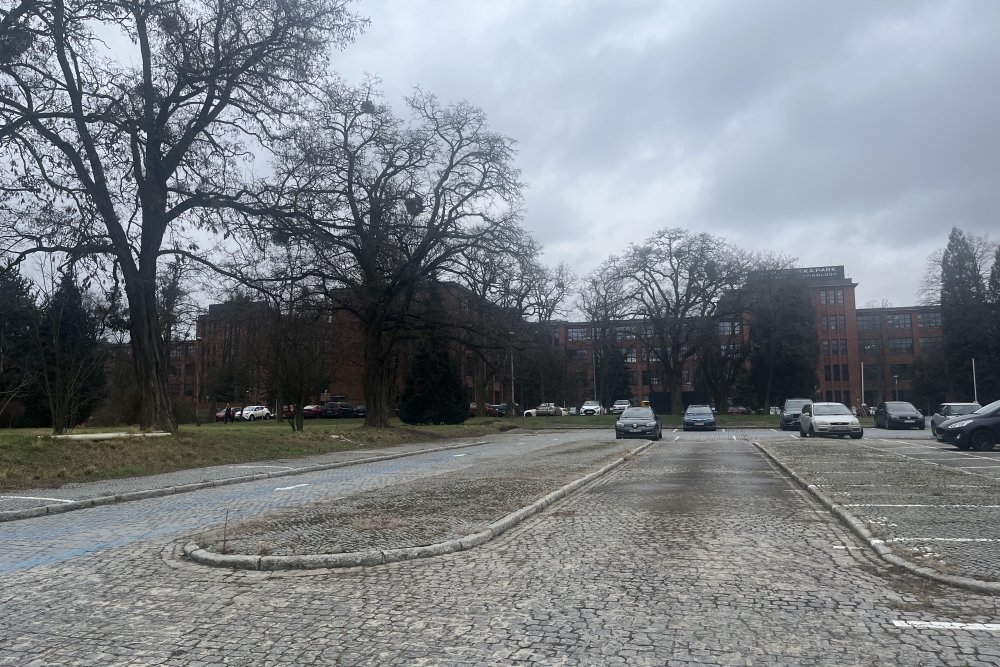Former Labour Camp Rheinmetal -Borsig Psie Pole
In the past, the Rheinmetal-Borsig factory was located here, where all kinds of weapons were produced in the Second World War, mainly ammunition and aircraft parts and weapons.
The Germans moved a lot of industry to the eastern part of Germany (Wroclaw was Breslau and German territory at the time) because of the incessant Allied bombing of the Ruhr area.
Initially, there were only free workers here who were paid to work in the factory, but after a while more and more people, mainly Poles, were deported here to work. There were also Czechs working here on a voluntary basis.
In the autumn of 1940, a larger group of 400 French prisoners of war arrived and were put to work here. At the end of 1941, this group was moved to other locations and only a small group of 150 French remained.
In the summer of 1942, the camp was further expanded and the largest part of the camp was populated with Russians, who were under guard. In 1944 a large group of Jews arrived who were treated inhumanely and many died. The survivors were then marched to the Gross-Rosen Concentration Camp where many died.
This camp was closed on 20 January 1945 due to the approaching Red Army and the remaining prisoners were transferred to Wroclaw or back to Gross-Rosen.
In addition, there was also a women's camp (FAL: Frauenarbeitslager) which was used from mid-1944 and where mainly Jewish women and Polish forced laborers were put to work. These women were in a separate camp where the current ul. Kiełczowska is now.
Their fate was also the same: those who did not die were taken on foot to Gross-Rosen and from there to the extermination camps.
After the war the Russians took over the camp and housed German prisoners of war who were eventually sent on transport to Russia.
The photos still show the original buildings, some of which still show war damage from the fighting that took place for Breslau in 1945.
Do you have more information about this location? Inform us!
Source
- Text: Gio Theunissen
- Photos: Gio Theunissen
Nearby
Museum
Point of interest
- Former Labour Camp Sułkowice Mill - Wroclaw
- Festung Breslau -- Munition Bunker - Pruszowice
- Former Labour Camp Burgweide - Wroclaw
Monument
- Armia Krajowa Memorial - Wroclaw
- Memorial Massacre of Lviv professors - Wroclaw
- Katyn Memorial Wroclaw - Wroclaw
Cemetery
- Graves Polish Veterans Cemetery Swietej Rodziny - Wroclaw
- Soviet War Cemetery Skowronia Góra - Wroclaw
Remembrance Stone
- Stumbling Stone Nowowiejska 38 - Wrocław
- Stumbling Stones Jedności Narodowej 95 - Wrocław
- Stumbling Stones Świdnicka 39 - Wrocław
Fortification
- Festung Breslau - Pillboxes - Psie Pole (Wroclaw)
- Festung Breslau - Group Shelter - Psie Pole (Wroclaw)
- Festung Breslau - Group Shelter (Unterstand) U.6 - Psie Pole (Wrocław)
